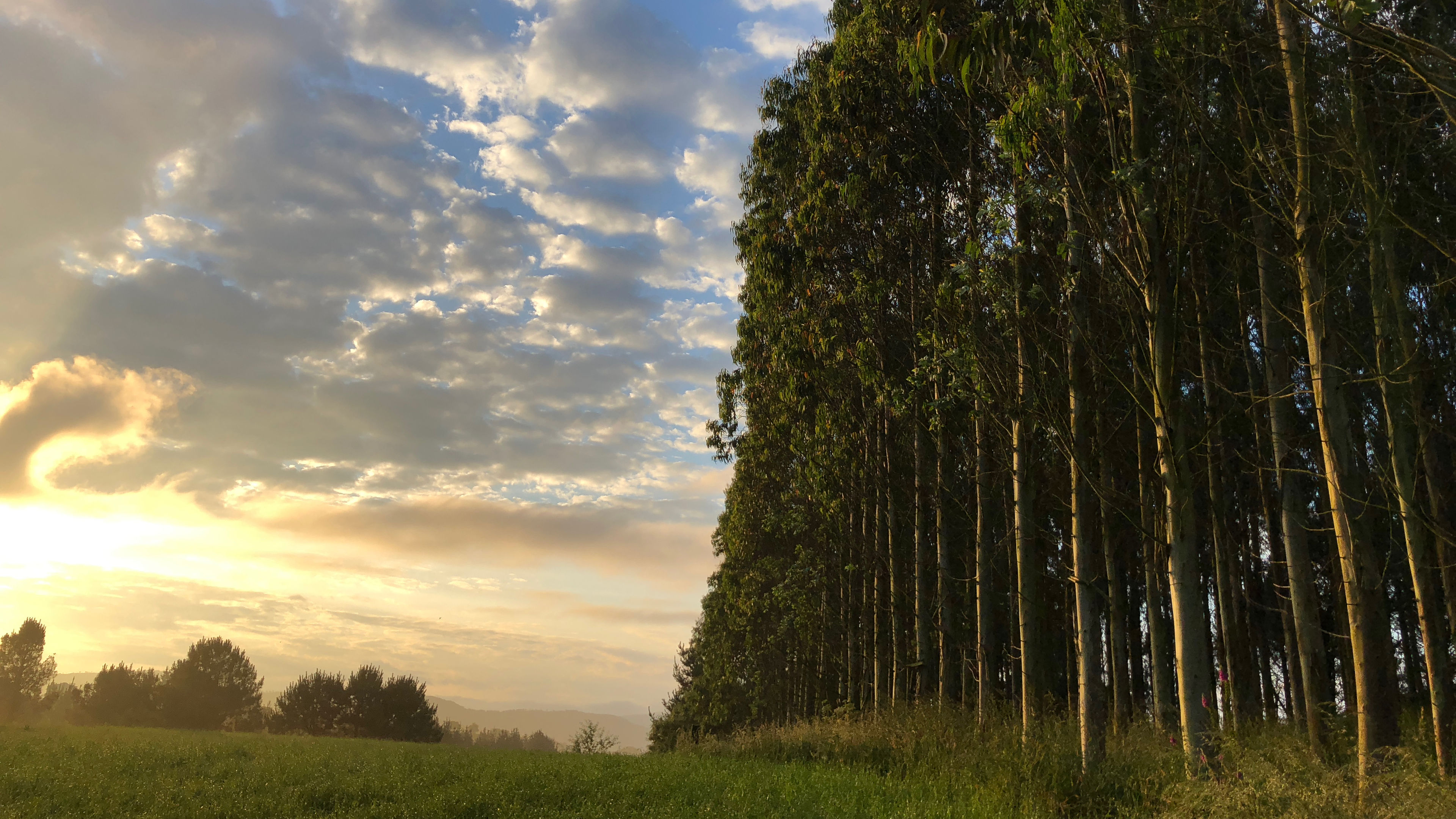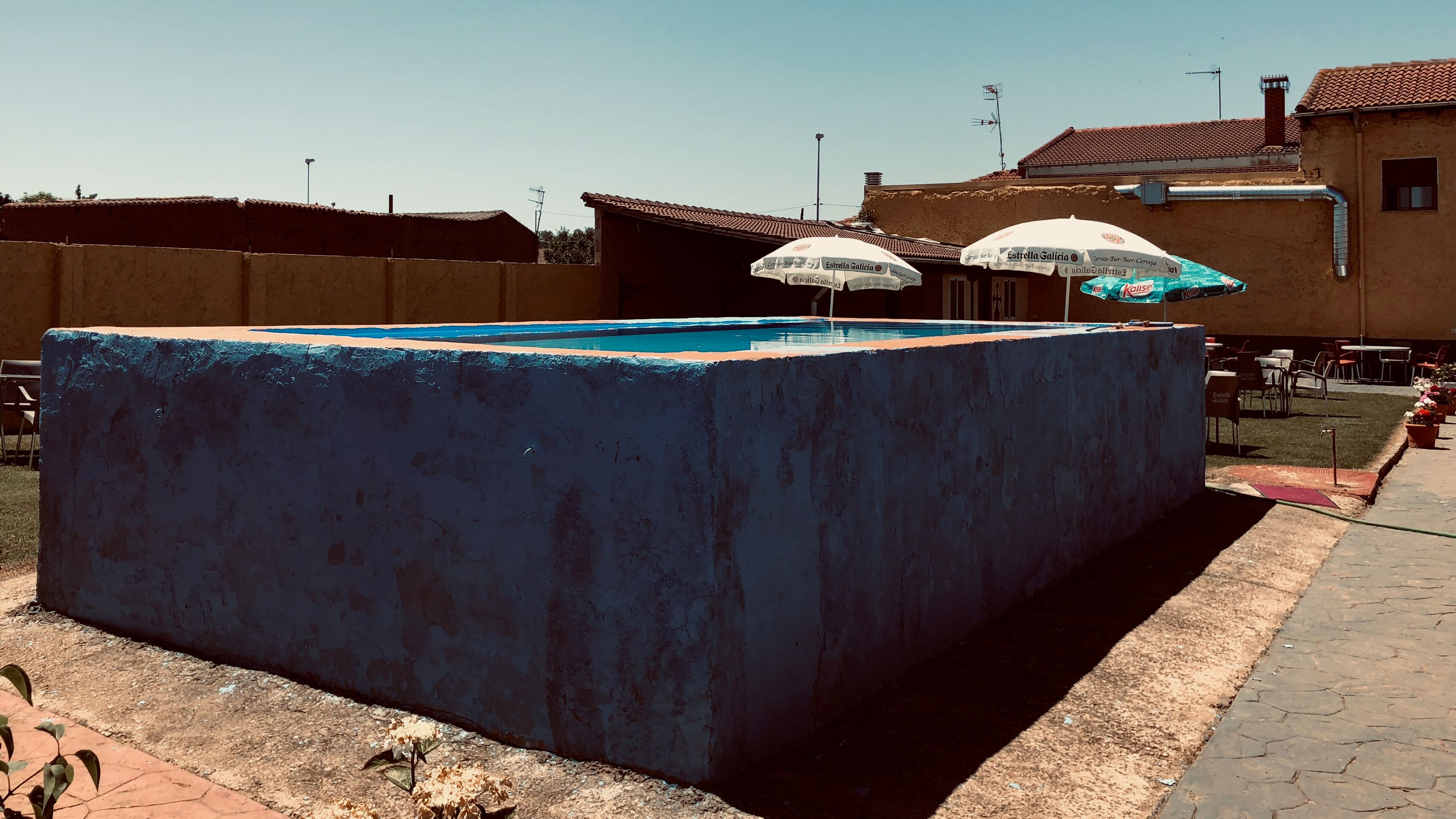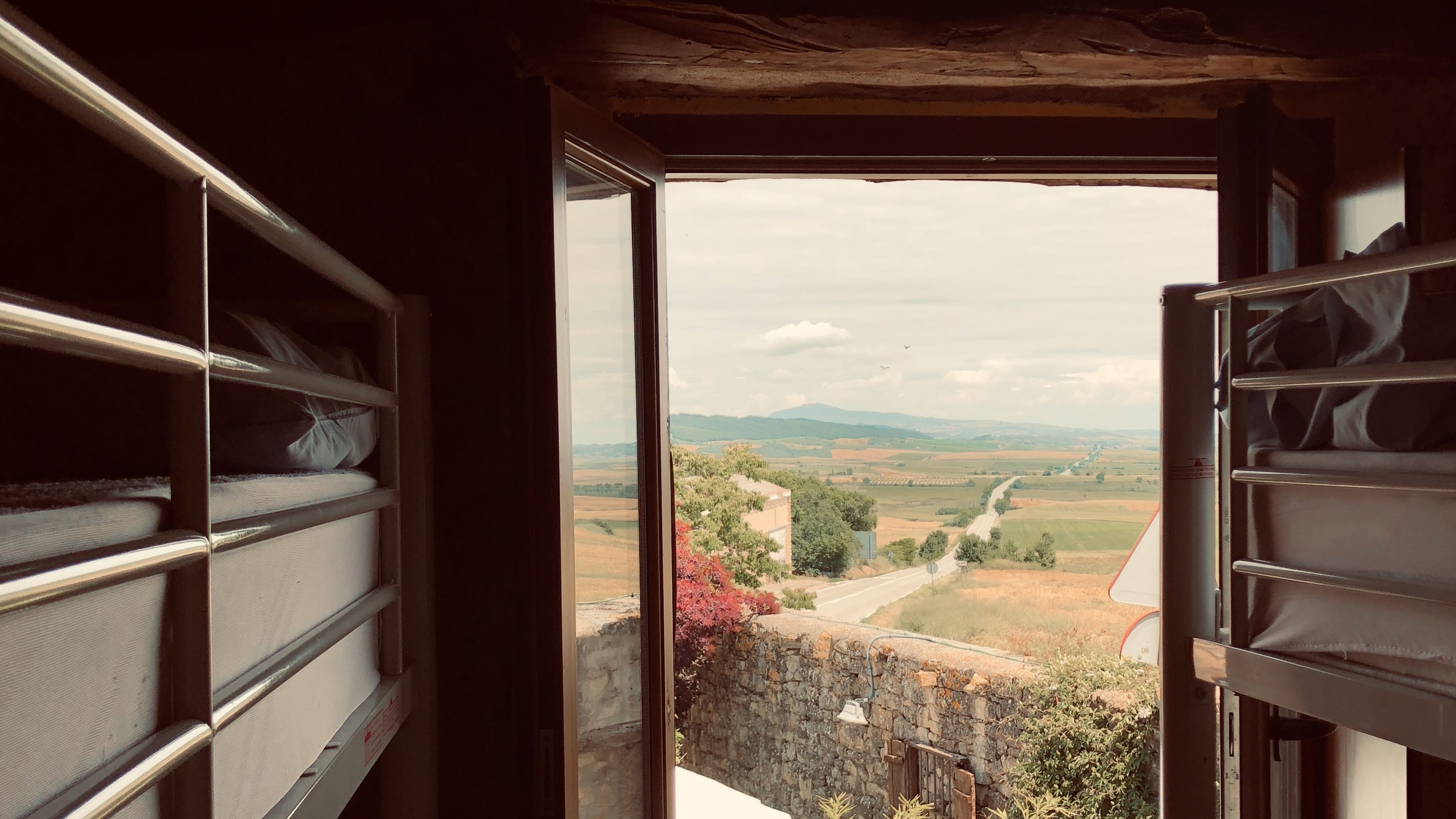
529.37 miDistance
47,871 ftElevation gain
48,088 ftElevation loss
32 daysTime
In 2016 I discovered backpacking/thru-hiking while vacationing in Chile, and after returning from that trip I started looking into traveling around the U.S. full-time while working remotely at my current job. I bought the gear, researched the cities on AirBnb, worked out the train schedule, and how often I would return back to Chicago.
But while looking for a place to live as a homebase that I could return to, things fell apart and I wasn't able to pursue that dream, so life carried on as usual and nearly two years would go by before I would even think about going on another vacation.
Then one day in the spring of 2018 I was talking to someone who had done several international thru-hikes, including the Camino in Spain and the "O" Circuit in Patagonia. They re-ignited the spark that lay dormant, and about a month later, on a whim, I purchased a one-way non-refundable flight to Spain.
I was going; no backing out or letting things get in the way.
So what is the Camino de Santiago
The Camino de Santiago, or Camino, or The Way, is a network of trails leading to the city of Santiago de Compostela in northwestern Spain. They start from all over Europe, and have been continously in use since medieval times. The most popular route is the Camino Frances which goes from the border of France all the way to the Atlantic ocean. It's a roughly 500 mile journey by foot that goes through several autonomous regions of Spain, and through various biomes.

Reasons for doing the Camino vary from person to person, some do it for religous reasons (since it's named after Saint James), while the rest do it for "sport". Either way, I can attest to the experience being a spiritual retreat from modern life.
It can be walked at any time of the year, however summer is the most popular time and most of the places to stay, called Albergues, are open. These are hostel-like accomodations, but only for those walking the Camino. They provide a dormitory-style sleeping setup, showers and bathrooms, and usually a kitchen to cook in.
Along the Way I stayed in a variety of places, from the hostel-like Albergues to sleeping in the attics of churches. Some will be as nice as a hotel, others as nice as a bed-and-breakfast, and others as rustic as a church attic. Either way, there's always a place to sleep.


Preparing for the trip
Having grown up in the Midwestern states, I always defaulted to thinking that every other place in the world is probably mostly flat as well. With that in mind my training involved walking along the lakefront in the flat city of Chicago, and it did not involve any sort of gym-based training.
Turns out it didn't matter how much training I did because I was in the same shape as everyone else: tired and broken at the end of each day. The Camino wears you down, and then builds you back up. I developed my endurance and ability to walk 20-40 miles each day while on the Camino. By the end of the trip I was walking everywhere without issue.
What I brought
Without any sort of backpacking gear in my possession I headed to REI. Here I had to get a lot of help from store employees with regards to what I needed to get. I had a loose idea of the various pieces of gear I would need, but no idea where to start. Thankfully I was paired with an employee who had gone before, and knew what I needed. None of it was too heavy, and it was a good starter kit.
Here are some essentials for a succesful Camino:
- Sleeping bag liner
- Extension cord
- Pillow
- Treking poles
- Trail runners
- Lightweight pack
- Extra water bottle
- Advil
There's no requirements for sleeping gear in the places I stayed, but a sleeping bag liner was a good item to bring in order to have a barrier between me and the beds I slept in as a way to prevent attracting bed bugs. As well as a pillow since there wasn't always one in a bed.
And an extension cord helped me charge my items while in bed when the outlet was far away.
Where I walked
I wasn't sure how many miles I would be able to do each day, and since I didn't have to reserve any places in advance it was easy to just pick up and go, and walk as far as I wanted to and then pay for a bed whenever I was ready to. Some days I felt like going far, and other days were shorter.
Day 01
Day 02
Day 03
Day 04
Day 05
Day 06
Day 07
Day 08
Day 09
Day 10
Day 11
Day 12
Day 13
Day 14
Day 15
Day 16
Day 17
Day 18
Day 19
Day 20
Day 21
Day 22
Day 23
Day 24
Day 25
Day 26
Day 27
Day 28
Day 29
Day 30
Day 31
Day 32
There was no shortage of fellow pilgrims on this trip, and by the third day I had become part of a group that I would walk with for nearly two weeks. And when I had to leave them behind in Burgos I found my group that I would end up walking with all the way from Hontanas to the Atlantic ocean: nearly three weeks together. We still keep in touch to this day, and are working on planning to do another Camino together in the near future.

